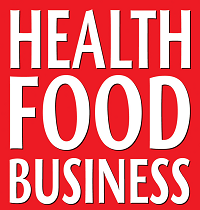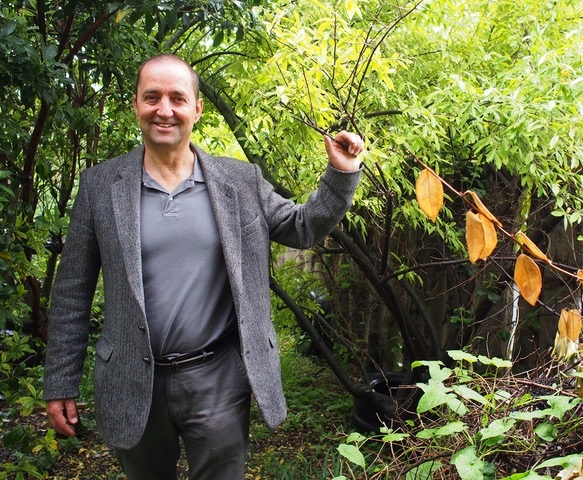Header
A well-known organic leader has urged for organic food and farming to be at the heart of greener efforts in a post-pandemic world.
Alex Smith, the founder of pioneering organic and ethical food company Alara Wholefoods, made the comments in a wide-ranging interview with Ian Wright, the Chief Executive at the Food and Drink Federation (F&DF).
In the interview, he says that the present pandemic should be put into sharper perspective, commenting: “Covid has been terrible in terms of the shocking disruption and dreadful loss of life but climate chaos is going to be much worse, and a much harder thing for us to deal with.
“That’s why gaining a better understanding of the profound climate impacts that food production has is so vital. Food production accounts for around one third of climate change gases, and 10 per cent of all climate change gas on the planet is nitrous oxide, mainly arising from artificial fertilisers. These are absolutely key things that the food industry is going to have to take on board. It’s not just about greening electricity and factories, we need to think about the embedded CO2 in all the food that is being sold.”
Smith points out that organic offers a proven template for sustainable food and farming and he is convinced that sustainable food systems can be a vehicle for transformational change. This is why Alara is fully behind the Grow Back Greener movement.
He added: “There is a real opportunity now for us to go to a really amazing place. It’s not sackcloth and ashes, it’s the next iteration of society.”



